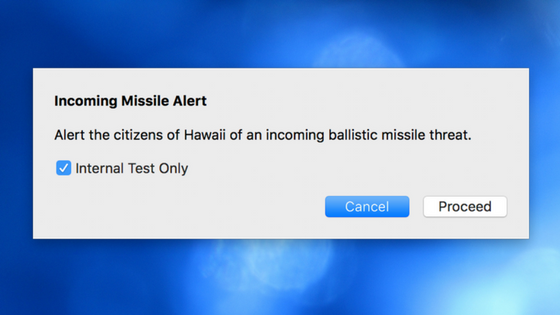Viruses continue to be a big problem on Windows. As a result, anti-virus software can be a bit over-zealous about detecting what it believes to be apps that have viruses embedded within them. We have had reports over the years that apps made with Xojo are sometimes falsely identified as being infected with a virus. This sometimes occurs because the 32-bit Xojo compiler puts executable code in a location where the anti-virus software doesn’t expect to find it. We’ve seen this occur even when users are debugging apps from the IDE. Fortunately in that case, there’s a fairly easy solution.
Comments closedXojo Programming Blog Posts
Once the front end has done its work its time for the back end components to take over.
This is the fifth in our compiler series and the first on the back end. We covered the parts of the compiler that are called the front end in these posts:
- LLVM Everywhere
- Compilers 101 – Overview and Lexer
- Compilers 102 – Parser
- Compilers 103 – Semantic Analyzer
- Compilers 104 – IR Generation
Admit it – this is one of those questions that, sooner or later, arise to every Xojo newcomer: How can I add new UI controls to the Window at runtime? And if you are considering this too, then the good news is that the answer is more simple than you probably expect… sitting right there on the Inspector under the Attributes tab. Yes, this is all about the Control Set!
Comments closedWith today’s multi-core CPU’s it seems that an application made with Xojo running on a single core is somewhat restricting. If you have a lot of data to process, large images to manipulate or other things that could happen in the background, it would seem that with a multi-core machine you could do this faster “if only Xojo would make threads preemptive”. We get a lot of requests for preemptive threads so that people can take advantage of multiple cores.
Comments closedNow that the Semantic Analyzer has verified that the code is actually correct and created syntax trees, it’s time to talk about IR generation.
This is the fourth post in our Compiler series. Other posts:
- LLVM Everywhere
- Compilers 101 – Overview and Lexer
- Compilers 102 – Parser
- Compilers 103 – Semantic Analyzer
The Semantic Analyzer is the real heart of the compiler. Its job is to validate code and figure out what the code actually means. Essentially it validates that the code is semantically correct.
This is the third post in our Compiler series. Previous posts:
Comments closedThe Xojo community is vibrant and active, with all kinds of clever, open-source software being created for iOS, desktop, web and Raspberry Pi. By my latest count, there are at least 80 open-source projects for Xojo on GitHub and other places!
Comments closedThere are about 80 Xojo-related open-source projects that I am tracking on the Xojo Dev Center: Open-Source Projects. I often have people ask me how they can make their own cool libraries and projects available on GitHub, so here’s a short tutorial.
Comments closedAs most of you know, this past Saturday morning, the people of Hawaii got a shocking notification on their smartphones warning of a incoming ballistic missile and that this warning was not a drill. I can only imagine the fear that raced through the minds of more than a million people. This warning, as well all now know, turned out to be a false alarm accidentally set off by a state employee who was attempting to perform an internal test.
Comments closedA constructor is a special method that is used to initialize a class. They are very handy, but when you use them with control subclasses you have to be aware of how a control’s properties are initialized. Perhaps you’ve run into this situation:
“I have a constructor on my control and the values that I set in the constructor don’t stick.”
Comments closed



